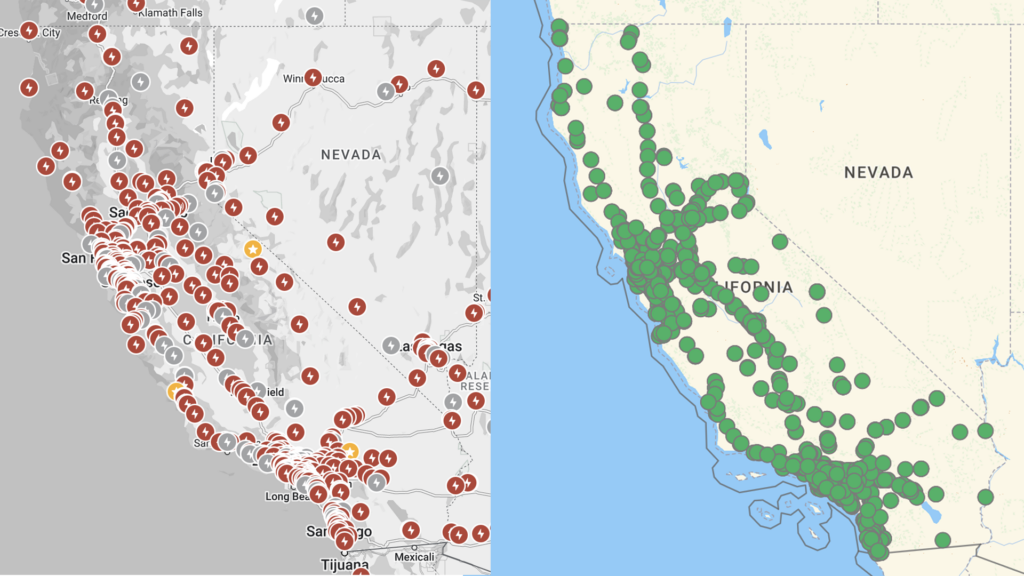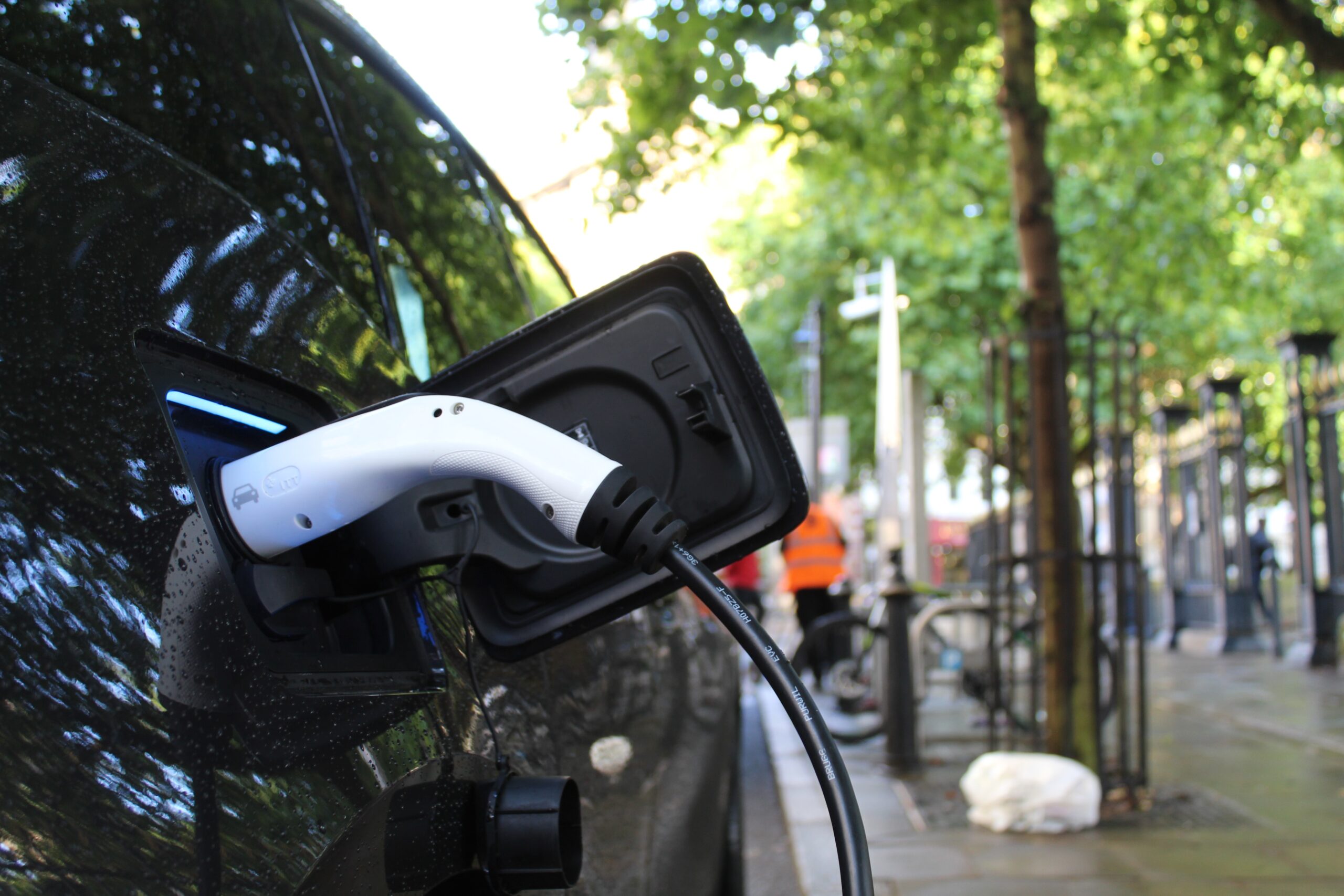
Since becoming a proud owner of a Tesla Model Y in November 2022, I’ve been frequently asked whether an electric vehicle (EV) is a good fit for others. There are several crucial factors to consider when deciding if an EV is right for you. In this article, based on my personal journey, I will address these considerations and provide insights for those contemplating an electric vehicle purchase.
Deciding to Go Electric
When my wife and I decided to embrace the world of EVs, we spent a considerable amount of time evaluating the implications of owning one. Questions about charging infrastructure, range anxiety, brand reliability, and other factors weighed heavily on our decision-making process. Ultimately, we opted for the Tesla Model Y, and after six months of driving it, I can confidently say that it has exceeded my expectations.
Overcoming Range Anxiety
Range anxiety, the fear of running out of charge during a trip, is a common concern among prospective EV owners. To address this, it’s crucial to select an EV with a suitable range for your specific needs. In my case, driving around San Luis Obispo, my daily mileage rarely exceeds 60 miles. Additionally, my common long trips to San Jose or Los Angeles, roughly 200 miles away, have multiple fast charging stations along the highway. By considering your driving patterns and the availability of charging infrastructure, you can alleviate range anxiety and ensure a positive ownership experience.
Understanding Charging Considerations
Charging an EV does take longer than refueling a traditional gas-powered vehicle. However, understanding key charging properties can help you minimize inconvenience:
- Charge rate: EV batteries charge faster when they are emptier, meaning it takes less time to charge from 0% to 70% than from 71% to 100%. Adjusting your charging habits accordingly can significantly reduce charging times.
- Charging station capabilities: Different charging stations offer varying charging rates, typically measured in kW. Tesla Supercharger stations, for instance, can provide high-speed charging, whereas non-Tesla stations might have slower rates. By planning your charging stops and considering the charging network associated with your EV brand, you can optimize your charging experience.
Integrating charging stops into your travel plans, such as during meal breaks, can turn charging time into an opportunity for relaxation or exploration. Additionally, Tesla’s extensive Supercharger network provides an advantage in terms of availability and charging speeds, which can influence your decision when selecting an EV brand.

The image above compares the charging stations within California, with Tesla’s on the left and non-Tesla stations on the right. While the difference in coverage between the two seems pretty equal, in reality each non-Tesla charging location typically only has 2-4 charging spaces, while Tesla rarely has fewer than 6 or 8, and can often have upwards of 1-2 dozen. Personally, my concern is that as non-Tesla EVs skyrocket in popularity, non-Tesla charging stations are going to get more and more crowded and they won’t be able to scale up quickly to meet demand, but that’s my personal belief based on what I’m seeing in the market so take it with a grain of salt.
Backup Gas Vehicle
While my Tesla Model Y serves as my primary vehicle, having access to my wife’s gas-powered car as a backup has been valuable. This backup option ensures flexibility for longer trips or situations where charging might be impractical. If you’re considering an EV, assess whether having a secondary gas vehicle is essential for your specific needs and circumstances.
Charging Convenience at Home
Having the ability to charge your EV at home is essential for most EV owners. Installing a dedicated 220-volt outlet and a high amperage breaker allows for faster charging times and the convenience of charging whenever necessary. If you have access to solar power, you can even charge your EV using clean, free, and renewable energy, further enhancing the benefits of EV ownership.
Comfort with Cutting-Edge Technology
EVs often incorporate advanced technology and unique features that differ from traditional gasoline-powered vehicles. From digital screens to capacitive touch buttons, the user experience may be different and require adjustment. If you prefer a more familiar driving experience, it’s worth considering whether you are comfortable adapting to the innovative features of EVs.
Adding It All Up
As an avid owner of a Tesla Model Y, I can confidently say that making the switch to an electric vehicle has been a rewarding decision for me. It’s impressive range, Tesla’s extensive charging network, and the peace of mind from having a secondary gas vehicle reassured me that I’ll be able to handle just about any driving scenario I’ll be faced with, and thinking through all of that made me comfortable to move forward with purchasing the vehicle.
If you’re considering purchasing an EV, I encourage you to evaluate your driving habits, consider your tolerance for charging time, the availability of charging options you’ll have access to, and whether you’ll need gasoline vehicle as a backup. While the Tesla Model Y has exceeded my expectations, it’s important to assess how it aligns with your specific lifestyle and travel requirements. By carefully considering these factors, you can make an informed decision and ensure you won’t regret the purchase shortly after you make it!
